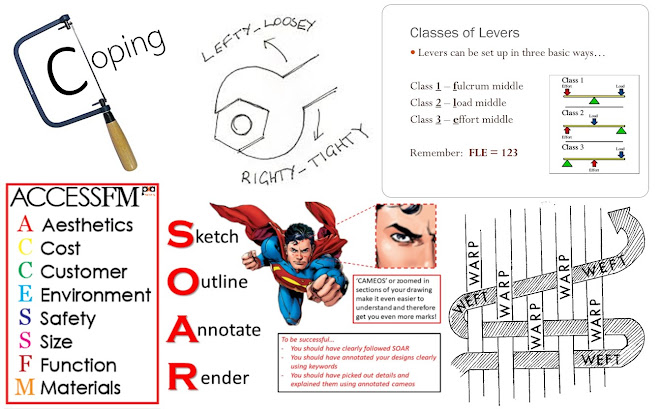3D Virtual Learning Worlds
1. https://www.thinglink.com/video/1732477096279671652 I am currently reading Jaqueline Wilson's update on the classic The Magic Faraway Tree to my 6 year old daughter Joni. Joni has a vivid imagination and a keen interest in 'words'. One evening last week we started playing on Midjourney with her sitting on my knee, to create some of her favourite characters. She told me exactly how she imagined them and we tried various prompt iterations until we got the characters just how she imagined them in her mind's eye. We then entered some of their images into D-ID to generate voice. Again, Joni decided which voice suited her favourite characters and we asked ChatGPT to help us script their words. She then described how she imagined the enchanted wood to look, with "pink trees", and "sparkly magic", so we picked the best 'descriptive words' she could come up with, and formulated another prompt for Blockade Labs...


